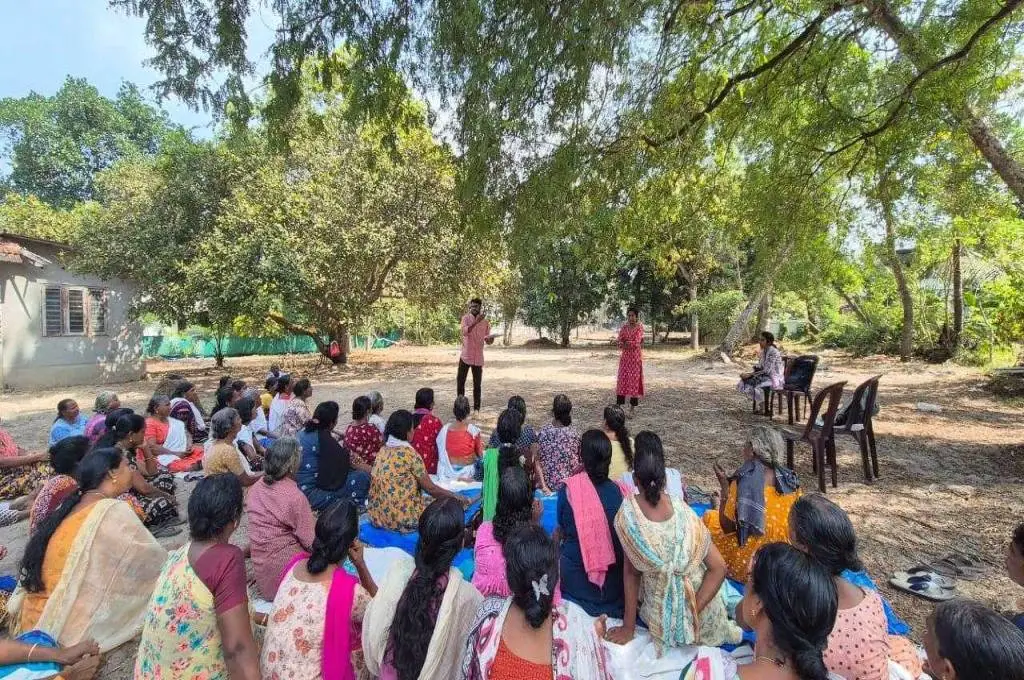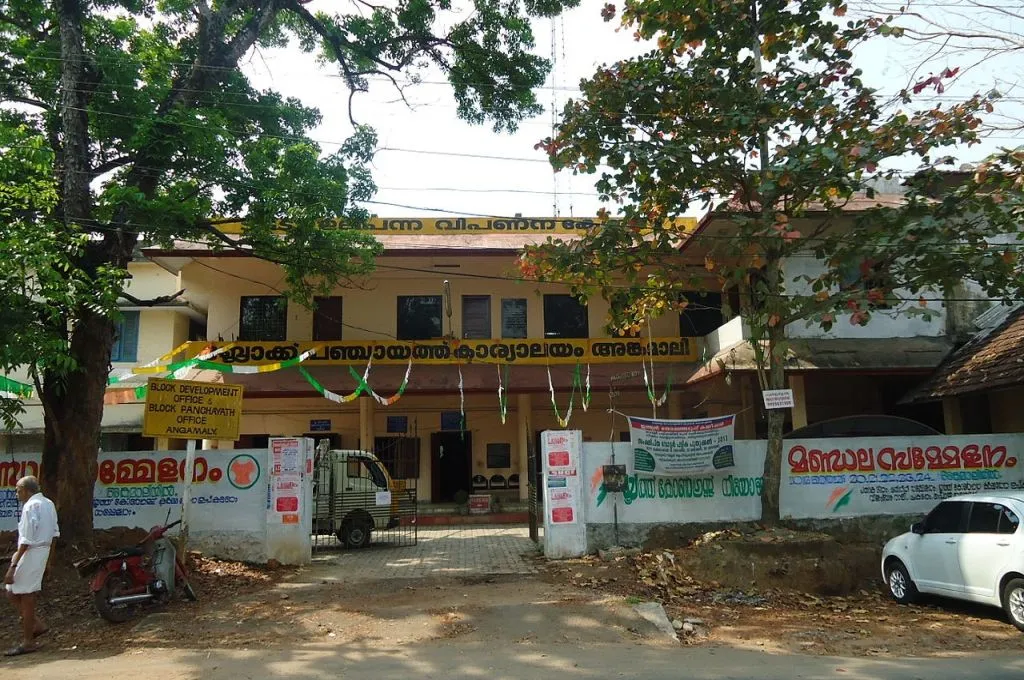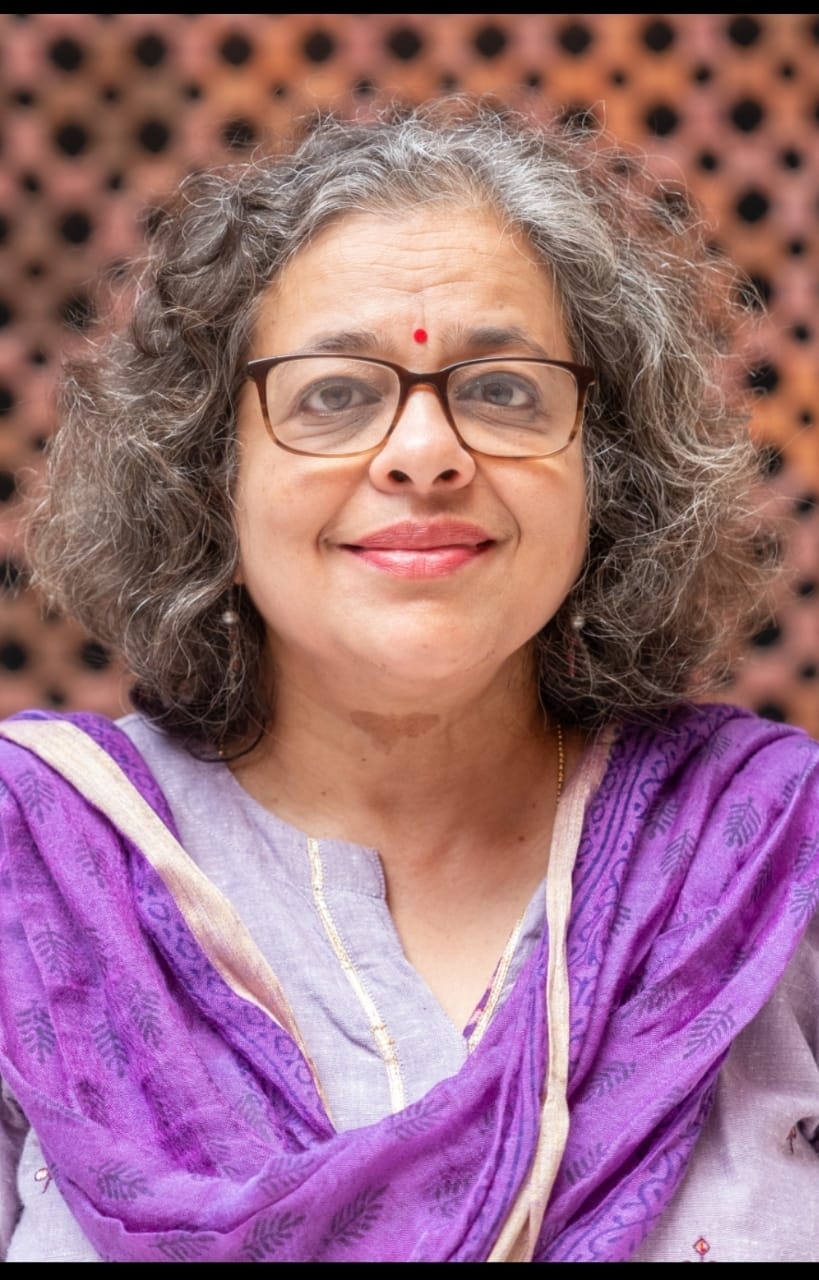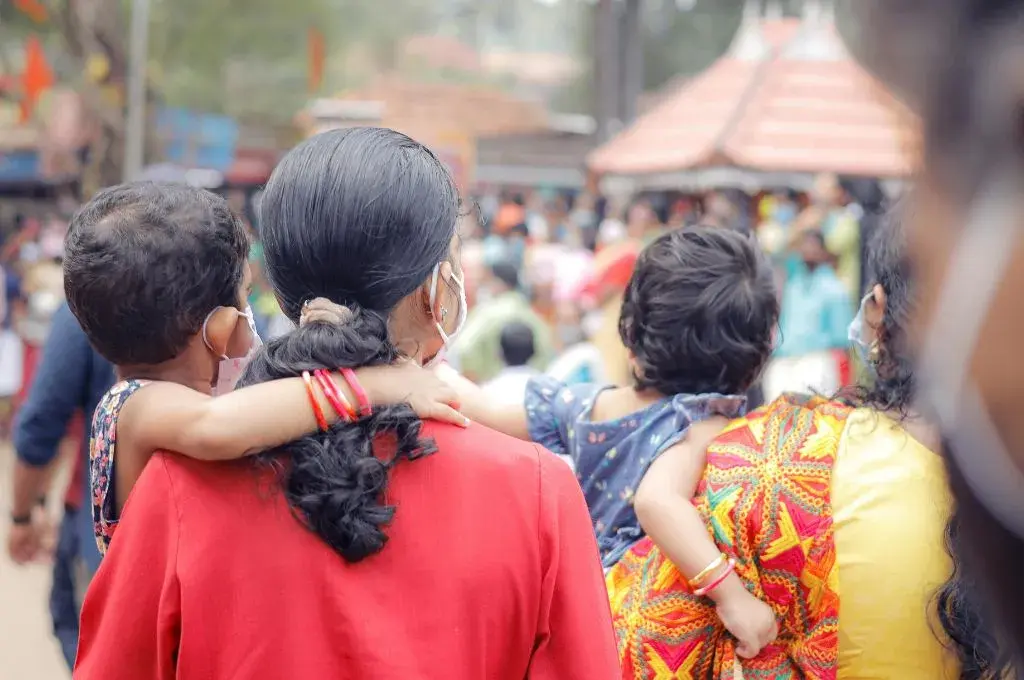Mental illnesses are among the leading non-communicable diseases in India, often coexisting with other conditions and contributing to significant distress, premature mortality, and reduced life expectancy. Individuals with severe mental illnesses who develop terminal conditions require holistic care, but they remain the most marginalised and underserved.
For the past 17 years, our organisation, the Mehac Foundation, has been working to bridge this gap by focusing on community-based care. We collaborate with local governance bodies and other community-based organisations across four districts of Kerala—Ernakulam, Palakkad, Alappuzha, and Idukki. Our model closely integrates the philosophy and principles of palliative care, which focuses on improving a person’s quality of life when they are suffering from chronic illness, through person-centred, family-inclusive, and long-term support.
The Kerala State Palliative Care Policy was first introduced in 2008 and revised in 2019. It enables palliative care services and resources at the primary care level, wherein the panchayat takes ownership of the provided services. We facilitated the integration of mental health services within the palliative care framework at the primary level with panchayat’s help, because we believe that mental illness should be included under the umbrella of other serious, chronic illnesses that deserve palliative care. This requires a collaborative approach across several stakeholders.
A collaborative approach to mental health
In our experience, a biopsychosocial model of mental health (which emphasises that mental well-being is shaped by a complex interplay of biological, psychological, and social factors), as opposed to the biomedical model (which focuses solely on biological factors), is the most ideal approach for mental healthcare. It has led us to focus more keenly on collaborations and engagements with people in the community.
Providing holistic care entails not only addressing psychological and mental concerns, but giving due consideration to socio-economic and family needs.
Take, for example, Meera,* a mother of two dealing with depression in Alappuzha district, located in coastal Kerala. Her situation is compounded by a range of challenges: her elderly mother-in-law is bedridden, her husband struggles with substance use, and the family faces significant socio-economic hardships. On top of this, recurring natural disasters such as flooding and the pressure to support her children’s education add further strain.
Like many others in similar contexts, Meera and her family struggle to access quality care. A lack of awareness about integrated services, fragmented health systems, and the widespread stigma surrounding mental health often prevent families such as hers from receiving the support they deserve.
Providing holistic care to the family entails not only addressing their psychological and mental concerns but also looking at the bigger picture—that is, giving due consideration to their socio-economic and family needs as well. Meera would benefit from counselling and medication. Her mother-in-law requires regular medical care and assistive aids to reduce the caregiving burden on Meera. Ensuring access to welfare schemes, such as old-age pensions and educational benefits, would help address some of the family’s financial concerns. Additionally, linking Meera to a self-help group (SHG) and referring her husband to a government-run substance use recovery programme would provide essential emotional and rehabilitative support.
Considering a person from multiple levels—the individual, family, and community—to provide comprehensive care is key in biopsychosocial approach. It requires constant collaboration. Therefore, members from Mehac, the palliative care team, the local panchayat, community-based organisations, and local volunteers work together to deliver a holistic care approach.
Working with panchayats is especially integral to our ability to deliver mental health services at the grassroots level. Their involvement helps identify individuals in need across various levels of care. While building these partnerships can be challenging due to various factors, here’s what has helped us:
1. Negotiating focus on mental health
Stigma, along with limited awareness about how to establish pathways of care for mental health and the intangible outcomes associated with mental health programmes, often remains one of the main reasons why panchayats hesitate to prioritise such initiatives.
In many cases, panchayat members associate mental health with clinical treatment, which falls under the government’s District Mental Health Programme. They lack the resources to support a biopsychosocial approach as it takes significant resources to conduct home visits regularly and maintain care for the clients. Here, we can support them by assisting in developing care plans and conducting home visits.
To help stakeholders appreciate the importance of the biopsychosocial approach, we conduct regular mental health awareness sessions for panchayat members, community health workers and frontline staff. This includes observing events such as World Mental Health Day and World Palliative Care Day, where people receiving care and their families come together with local leaders and health workers. We’ve also instated steering committees in each location, comprising a panchayat member, a community health worker, a client, a caregiver, and an organisation representative, to give feedback on how our mental health programme is running.
We ensure the participation of panchayat members by approaching them through someone they already know and trust—such as a ward member, someone from the health department, a local champion, or a community volunteer—who introduces our work and explains how we can initiate mental health programmes in their area.
This approach helps build acceptance and trust, especially since clients and their families may be hesitant at first to engage with an unfamiliar organisation. When we are accompanied by a trusted community member, we can build rapport more easily and offer the right support.

2. Identifying key enablers
Local governance bodies are often resistant to investing in new infrastructure and systems due to budgetary constraints and limited resources. Therefore, it is essential to first identify the resources available within the panchayats that can be integrated into the mental health programme. We then develop our programme proposals around the existing resources. The reduced financial risk improves the likelihood of securing commitment from the panchayat, while also promoting a more effective and sustainable implementation approach.
In Kerala, we leveraged the pre-existing palliative care units that were functioning with nurses, ASHA workers, and primary health centre (PHC) staff. We keep our initial request simple and usually propose starting with just one outpatient clinic per month. We ask for a small space—often in a PHC, school, or panchayat office—support for medications, and a nurse to assist with the clinic.
To support early identification and referral, ASHAs, community health workers, and local volunteers are trained to recognise some basic symptoms associated with mental illness and refer individuals to us. This training includes guidance on building rapport, understanding common mental health conditions, addressing stigma, and identifying when to involve other members of the care team.
We attend to the patients at either the community clinics or visit them in their homes, accompanied by ASHAs, the local palliative care staff, or other community workers. Care plans are then devised by our multidisciplinary team—typically made up of a psychiatrist, a social worker, and a nurse assigned to a panchayat cluster—taking into account not only the psychological or mental health needs of our clients and their caregivers but also their socio-economic and other requirements.
We work in close collaboration with medical officers at PHCs, supporting their efforts in delivering mental healthcare. Given the high patient load they manage, our involvement helps strengthen service delivery and contributes to the governments objectives of integrating mental health into primary health services. When doctors recommend our services to other government doctors at new locations, it helps build credibility and encourages wider acceptance of our services.
3. Prioritising the needs of the panchayat
Upon formalising the collaboration with the panchayats, their expectation is that we address all kinds of mental health concerns, from depression and anxiety to substance use, school mental health, and common as well as severe mental health disorders. But it is not always feasible to start this vast range of mental healthcare interventions at the same time.
Over time, we have made an important shift in how we plan our programmes by requesting the panchayat to share their priority needs. Before implementing the programme, we hold stakeholder meetings with panchayat members and community representatives. These conversations help us understand their most urgent concerns. For instance, one of the panchayats requested us to provide services for children and adults, which encouraged us to initiate a dedicated clinical service for children along with a service for adults.
In this way, aligning services with what each panchayat considers the most important helps create a shared sense of ownership. When the programme reflects their priorities, the panchayat is more engaged and willing to support it—from resources to logistics.

4. Navigating bureaucratic hurdles
As local governing bodies, panchayats’ participation brings both political will and an administrative framework to implement programmes in the community.
However, it requires a great deal of effort to negotiate through the system to achieve desired outcomes. For example, panchayat leadership often changes every five years, and new members come in with a different set of priorities—so we must reintroduce our work, build trust again, and renegotiate the partnership. This is challenging because, as a nonprofit, we are often met with scepticism. To navigate this, we usually sign a memorandum of understanding (MoU) with the Panchayat. While this isn’t formalised across all locations, it has become more common in recent years. The MoU typically includes the panchayat’s willingness to provide space for clinics, nominate a focal person from the health or welfare committee, participate in awareness events, and share relevant data with our team. This helps ensure continuity and support during leadership transitions.
Another example is negotiating for resources and financial support. One of the important steps in the beginning would be to discuss with the panchayat whether their existing budget can support the cost of providing medications to our clients. These expenses are typically covered under the palliative care budget, so no additional funding is required. This approach works in our favour, as it ensures the programme does not place any extra financial burden on the panchayat. This also leads to greater acceptance from medical officers in primary healthcare who are typically responsible for releasing the medications. Knowing that the programme operates within the existing budget makes them more comfortable and supportive of our interventions.
5. Treat all stakeholders as equal partners
Imposing our agenda on the panchayat and the community may not be favourable. Instead, we position the programme as ‘How can we help you do this’ instead of ‘We are here to do this’, ensuring that the ownership always rests with the panchayat, rather than our organisation. Being a nonprofit, our role is to support the panchayat by working in the background—offering expertise, staff, and systems. When elected representatives stand alongside us, it significantly boosts our credibility and leads to wider acceptance of our work.
The aim is to treat every stakeholder—health worker, panchayat member, community member, patient, and caregiver—as an equal partner. For example, in one panchayat, an ASHA worker struggling with stress reached out to the care team. She was offered peer support and connected to a mental health professional for follow-up. To support frontline workers, regular training and refresher sessions are held—their scope goes beyond identifying mental health concerns, and includes managing burnout, practising self-care, and accessing help when needed. Field teams remain available for informal check-ins when workers need someone to talk to.
Building trust and relationship remains an ongoing process that requires time, energy, and patience. To address this, we are now considering submitting a formal proposal to the state government to institutionalise these partnerships, so that they do not depend on individual relationships alone and are not affected by leadership transitions.
In a country like India, where mental health services are primarily available in cities and urban areas, mental health programmes led by local governing bodies form part of a solution to address the significant treatment gap. While it takes time and effort, it is possible to build a responsive care model of care that is both practical and easy to replicate in the community—something that works and which the community sees as their own.
—
Know more
- Read this article to learn how lived experience and community knowledge can shape grassroots mental healthcare.
- Explore this brief to understand the treatment gap in India’s mental health system and the potential of biotech and public–private partnerships.
- Understand how stigma, under-reporting, and lack of access have led to a surge in mental health-related suicides across India.





